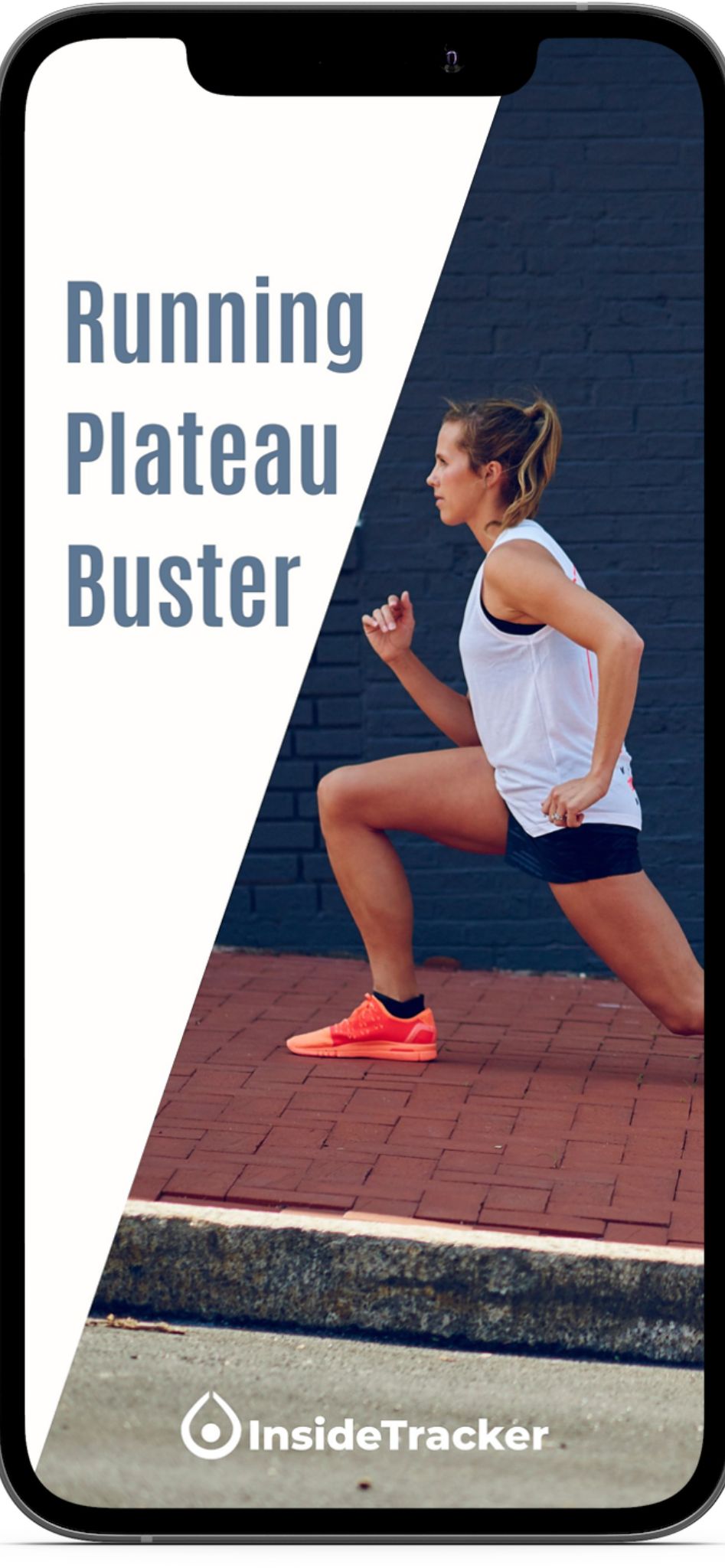You just finished your Couch to 5k and are wondering, now what? Don’t worry, you’re not alone, and honestly, that feeling is super normal. You’ve got a ton of options, so here’s how we as coaches help our runners decide what to do next.
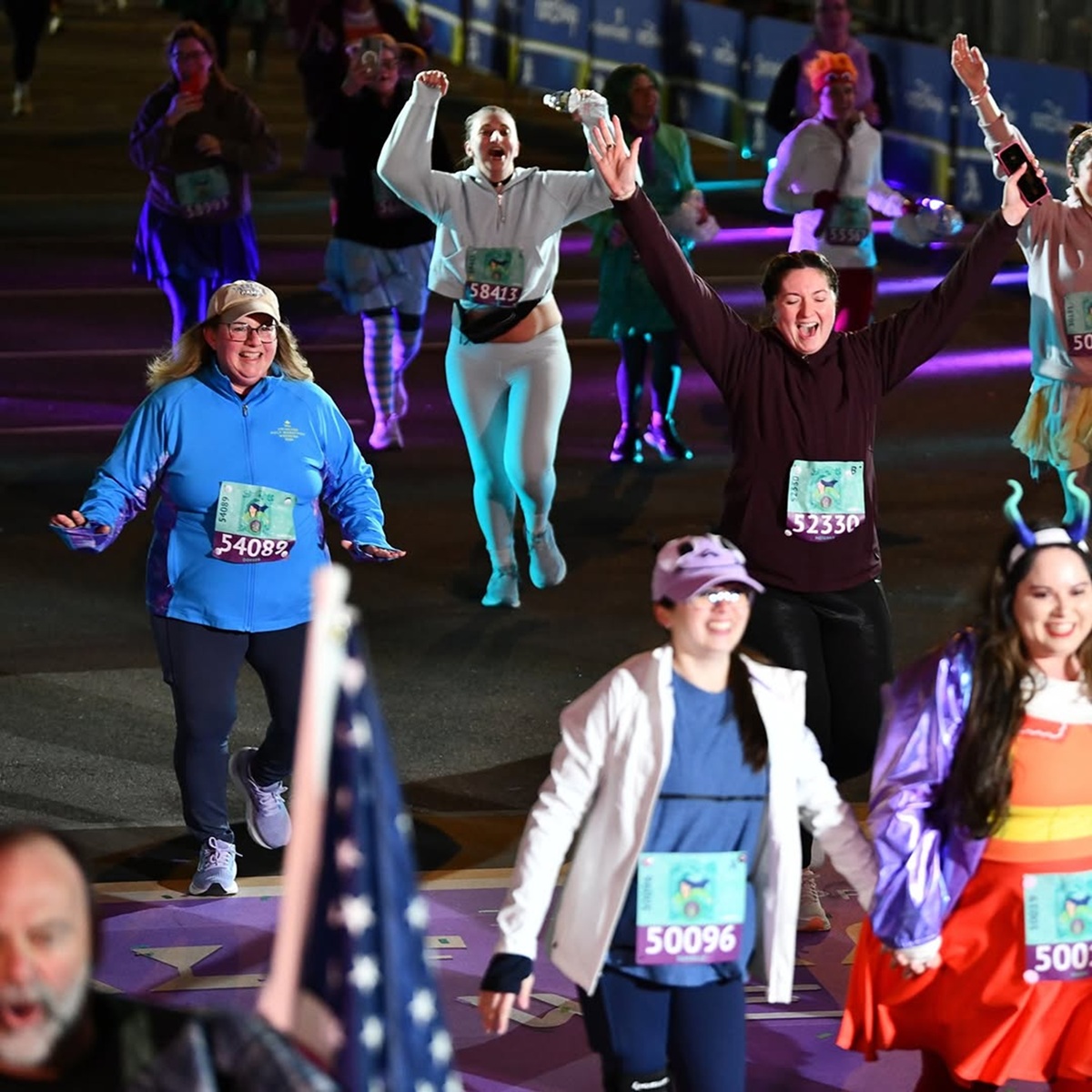
Crossing that finish line of your 5k was a pretty big deal, and there’s no rush to move on to the next thing.
Some runners get excited about building up to longer distances, maybe eyeing a 10K, half marathon or even dreaming of 26.2 miles. Others realize they actually love the shorter distances and want to focus on getting faster or just keeping that routine going strong.
Whatever your goals, they should excite you! No rule says you have to run longer distances to be a “real runner.” If you’re lacing up, showing up, and moving forward….you’re a runner. Period.
When you’re ready to figure out what to do after Couch to 5k training, we have a few ideas below, including some free training plans!
#1 Run a Faster 5k (With a Free Plan)
You’ve accomplished the 5k distance, and now your goal is to get faster. The C25k training plan helped to build a base by increasing the time on your feet each week with a mix of easy run/walk workouts.
Now, with a potential goal finish time in mind, following a plan that includes different types of workouts like strides, intervals, and hill repeats will help you to continue to build your endurance.
Good news! We’ve put together a free training plan that you can follow to help you get faster in the 5k distance. It’s still going to follow that run/walk method that you were used to, but it’s going to challenge you with being able to run longer and improving your pace.
Who Is This Plan For?
If you’re a runner who just completed the C25k training plan, or you’re able to run for at least 30-45 minutes, this plan is for you!
This is not going to be an ideal plan if you’re just starting on your running journey since there will be some higher intensity days. Jumping into a plan that could be too much too soon could put you at risk for overtraining or a potential injury.
Running a faster 5k requires a blend of speed, endurance, and mental toughness. Tailoring your training specifically for the 5K distance will ensure you’re prepared for the demands of the race.
👉 Download the free printable Faster 5k for Beginners plan here!
If you’re looking for something that is more custom to your individual goals, don’t forget you can always reach out to us for 1:1 coaching!!
Faster 5k Training Plan for Beginners Breakdown
This is going to be a 9-week training plan that ends with a 5k. You can either sign up for an organized race or complete something on your own to see how much progress you made throughout the training cycle.
For this plan, we kept the option of still following run-walk intervals on the non-speed workout days. You will often see that there’s an Option 1 and an Option 2 listed for that day’s workout. We want you to feel challenged but still incorporate the type of training that works for you!
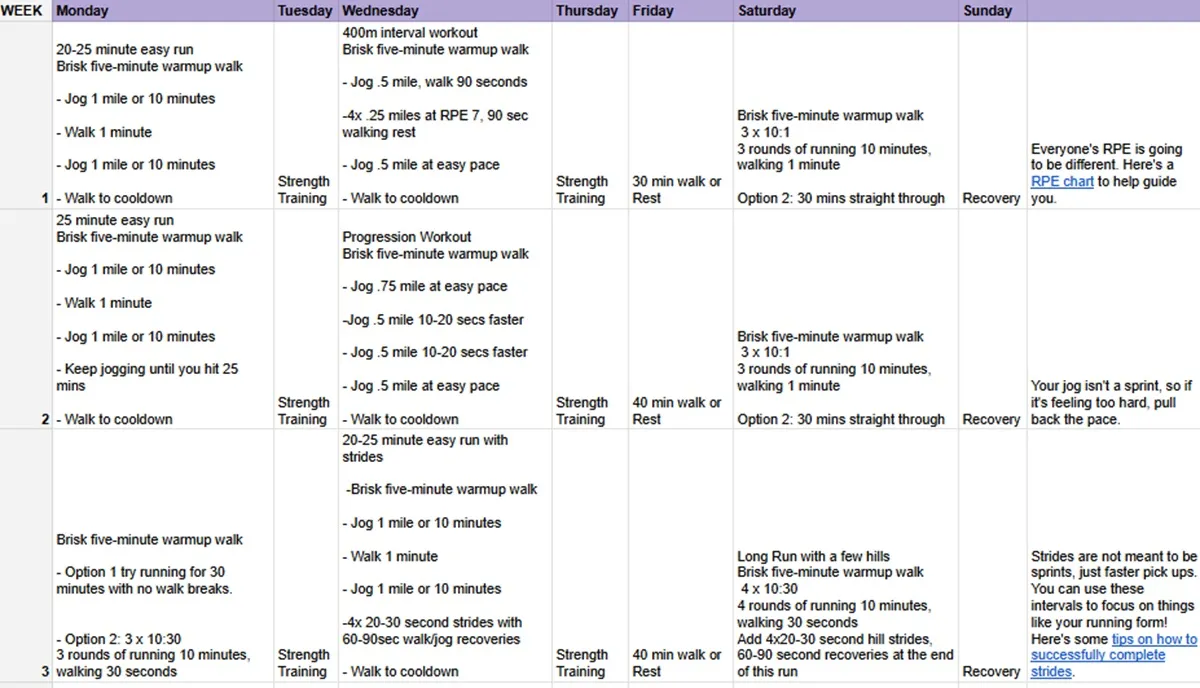 A brisk five-minute warmup walk is incorporated with every run. But don’t forget the dynamic warmup as well. They’re frequently neglected owing to a lack of time or the perception that they are a waste of time. However, warming up should never be a choice, but rather an essential element in any running or training plan.
A brisk five-minute warmup walk is incorporated with every run. But don’t forget the dynamic warmup as well. They’re frequently neglected owing to a lack of time or the perception that they are a waste of time. However, warming up should never be a choice, but rather an essential element in any running or training plan.
It’ll only take 5 to 10 minutes of your time, but can be incredibly important to help prevent injuries and keep you healthy.
This plan is designed to progress you safely to your goal of running a faster 5k. Adding or subtracting or running everything hard may result in some pesky running injuries popping up!
👉Easy Runs
Focus on making 80% of your total mileage EASY. And easy isn’t about pace, it’s about how the body is reacting to the intensity of your run. Easy runs are designed to build your base, and going too fast just breaks you down.
Try out the talk test to see if you are going easy enough.
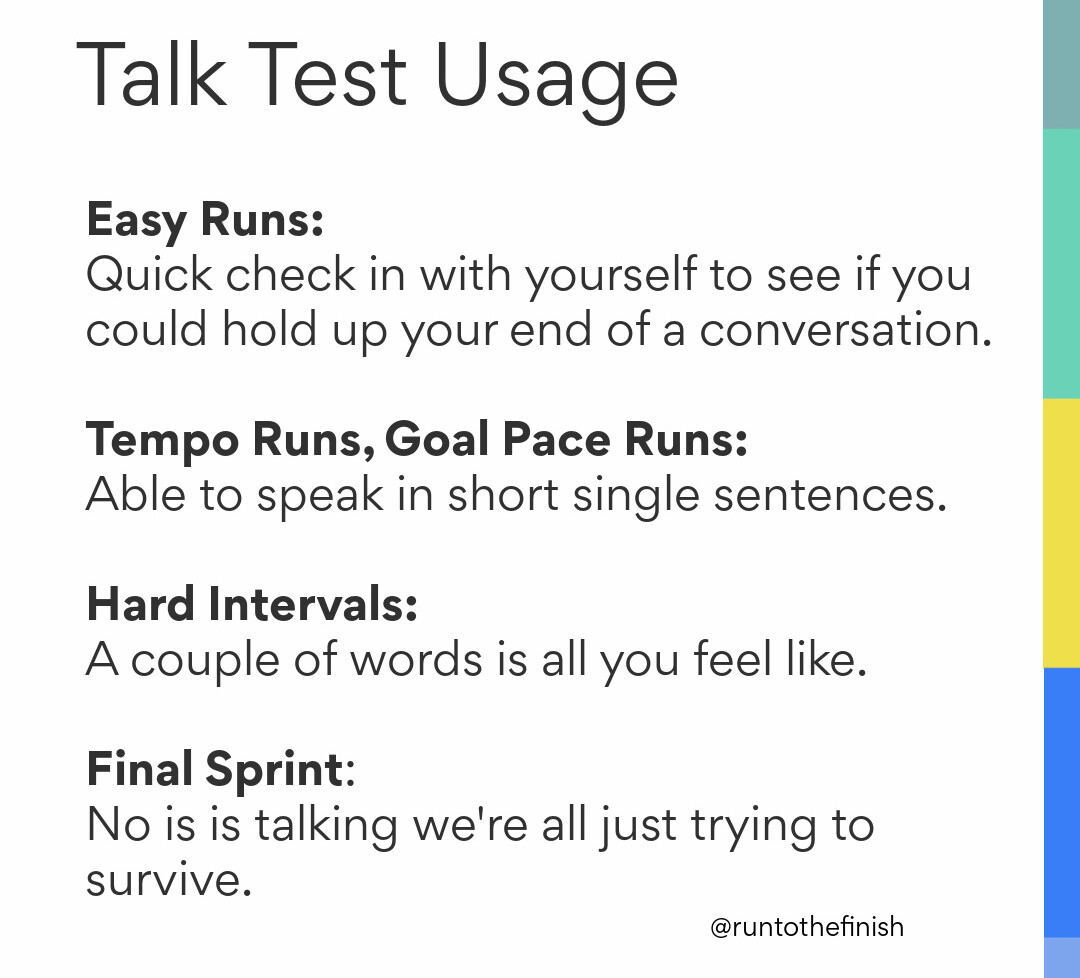
Some days may feel easier than others and that is okay!
👉Speed Workouts
Unlike the C25k plan, you will see speed workouts every week. It’s totally normal to feel a little nervous about speed workouts, they’re meant to challenge you and push you outside of your comfort zone. They will start based on effort and build to incorporating your goal 5k pace, but you know your body, and if it’s wildly new or you’re feeling fatigued, then you may need to pull back.
A few tips:
- Every workout isn’t a race, meaning don’t make everything a sprint, and don’t try to do more.
- Easy days have to truly be easy so you have the energy to go hard on these speed days.
- The spreadsheet has links and tips in the far right column to help explain workouts if you’re unsure
- Expect to learn how to run strides – a sneaky speed tool
- Get comfortable with Interval Workouts and learn goal pace running
At the end of the 9 weeks, you will be able to look back and see just how much progress you have made. Those workouts that once felt impossible will be a reminder of how much progress was made.
Determining Your 5k Goal Pace
Another way to be prepared is to practice your goal pace throughout training so you can get used to what race day effort is going to feel like. Here’s a 5k pace chart to give you an idea of what your goal pace should be based on different finish times.
5K Finish Time | Pace (min/mile) | Pace (km/mile) |
37:40 | 12:00/mile | 7:26/km |
39:15 | 12:30/mile | 7:45/km |
40:49 | 13:00/mile | 8:04/km |
42:23 | 13:30/mile | 8:22/km |
43:57 | 14:00/mile | 8:41/km |
45:31 | 14:30/mile | 8:59/km |
47:06 | 15:00/mile | 9:18/km |
46:00 | 15:30/mile | 9:37/km |
50:14 | 16:00/mile | 9:55/km |
51:48 | 16:30/mile | 10:14/km |
53:22 | 17:00/mile | 10:32/km |
54:57 | 17:30/mile | 10:51/km |
For the full chart, check out our tips on how to successfully pace a 5k here >>
If you’re newer to running fast, with adding speed workouts and strength training to your routine, it’s entirely possible to take off a minute per mile!
👉Strength Training
Strength training is an important part of any training plan- no matter the distance. Incorporating strength training will reduce the risk of injury, improve your overall performance, and help you maintain better running form.
No need to spend hours in the gym or follow super complicated workouts. Keep it simple. 20-30 minutes 1 even 2 times a week focusing on full body workouts with bodyweight, resistance bands/weights or a combination will do just fine. Here are some ideas for you-
#2 Maintaining Consistency
Let’s clear something up right away, there is absolutely no rule that says you have to train for a race. You can totally keep running just because you enjoy it. No finish lines required.
If you’re feeling good after completing your Couch to 5K, you might be thinking about how to keep that momentum going. Maybe that means continuing to build your base or mixing in a little more variety to keep things fun and challenging.
This could look like adding in some strength training or trying different types of cross training. The key is to start small and ease into it just like you did with your C25k training.
Let each week build on the one before, and stay consistent. If there’s something you’re not loving, swap it out and try something new. Here’s an example of what a base building week might look like for beginners:
Sun: Optional Easy Run, body weight strength training
Mon: Rest Day
Tue: Easy run 3+ miles based on fitness (optional hill repeats at the end)
Wed: Full body strength training (body weight focused)
Thu: Easy run 3+ miles
Fri: Rest (easy yoga or mobility day)
Sat: Long Run
The goal of this phase in running is to build your anaerobic base. You want to feel stronger with each run and start noticing that the same pace is beginning to feel a little easier week by week.
#3 Run a 10k
Ready for a little more, but double digits make you a little nervous? The 10k or 6.2 miles is a great distance to make as your next goal.
Most people can go from couch to 10K in 8 to 16 weeks, so let’s get ready to rock and roll with our free 12-week Couch to 10k training plan
Since you’ve already built a base with your 5k, you can make some modifications to this 12-week plan.
This C210k training plan was originally designed for those who had no base, so you’re not going to see a lot of speed work built in. This is mostly to help prevent any injuries from popping up!
But if you feel like you’re up for a little bit more of a challenge, you can check out some 10K speed workouts.
The other thing that you will always find in our training plans is strength training! It’s a non-negotiable alongside the dynamic warm-up. There are numerous benefits of strength training for runners, including reducing the risk of injuries, improving muscle imbalances, building strength, and even improving running economy.
#4 Train for a Longer Distance
If you crossed the 5k finish line and are ready to tackle a longer distance, right on!
Of course, as we mentioned above, the next distance would be the 10k, but there’s nothing that says you can’t train for a half marathon or even potentially a full marathon. You just want to make sure that you’re giving yourself at least 5-6 months to fully prepare.
Once you cross that 5k finish line, you are overcome by a rush of adrenaline and want more. It’s so exciting to see what the body can do, especially after following a training plan to help you get there.
Setting big goals like running a longer distance, is a great way to stay motivated. Training for a half marathon or even a full marathon helps you to focus on building your endurance. You’ll start noticing progress not just in your runs but in strength training and overall fitness too.
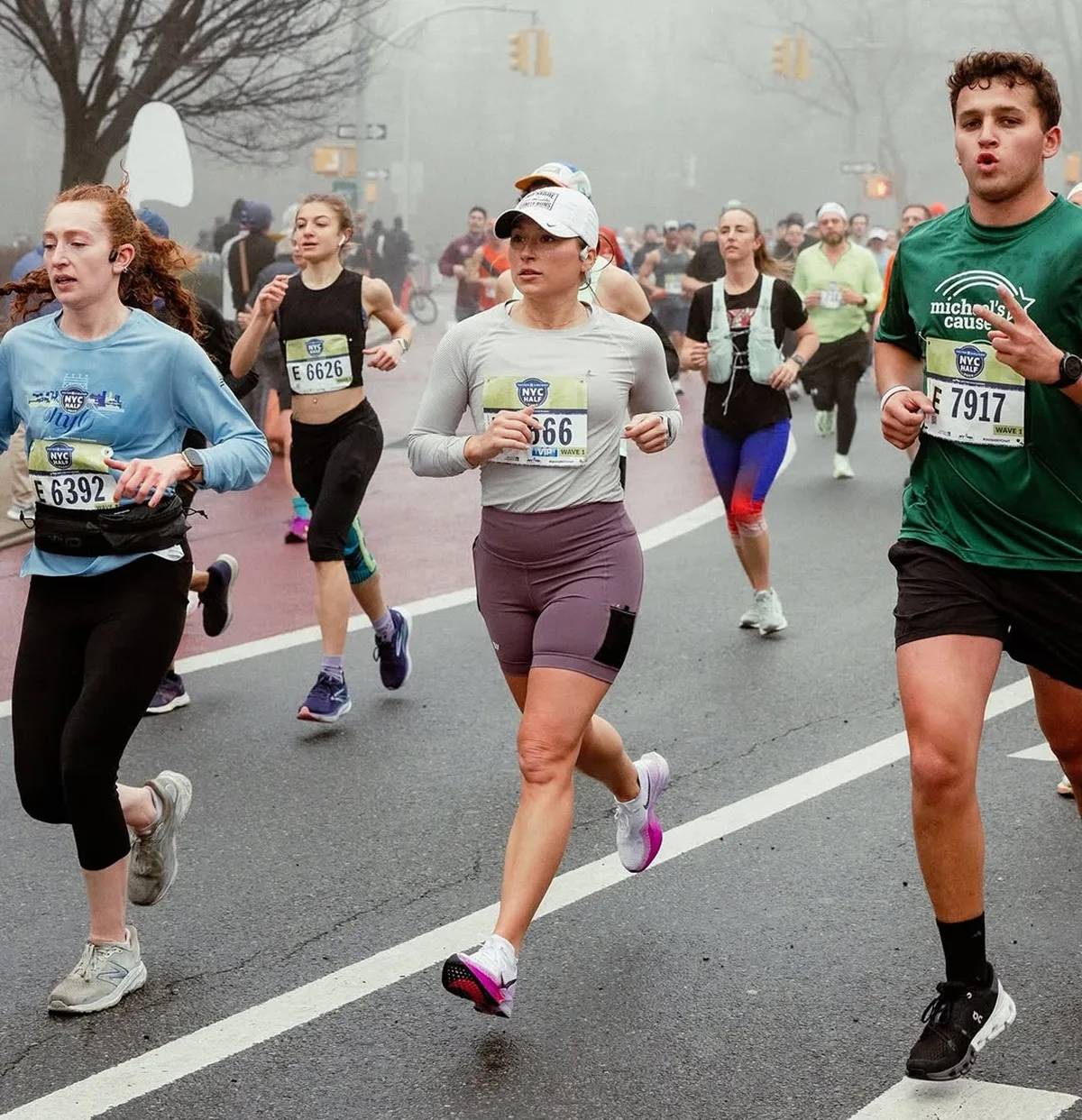
And here’s a little not so secret tip, spending time getting faster in the 5k can actually make those longer distances feel easier!
Adding in some speed work improves your running efficiency (a fancy way of saying moving your body better and using less energy with each step) and helps your body handle faster paces more comfortably.
Plus, these shorter, faster workouts or races help you to build strength and stamina, both physically and mentally, to keep going when you start to get tired!
Here are some free- yes we said free– training plans to help you get started:
- 10 Mile Training Plan and Tips
- 16 Week Half Marathon Training Plan and Tips
- Best Half Marathon Training Programs for All Types of Runners
- Marathon Training Tips for Beginners
#5 Set New Goals
You may still be on the fence if you like running or not and that’s okay. You can still set fun fitness goals that have nothing to do with running at all.
Setting new goals is one of the best ways to keep your motivation going after hitting that first big milestone. It gives you something to look forward to and helps you stay consistent without burning out.
Think about what you want to achieve next. Do you want to get stronger or perhaps try something new like cycling or pilates? Maybe you used run/walk intervals and now want to train to run a mile without stopping?
Maybe your long term goals involve improving your overall health and fitness. Whatever it is, make sure it’s something you’re passionate about.
I know this can seem like a lot. If you’re thinking about working with a coach, I’ve got a team of 8 here to help if you need it because we believe that running should be both fun and something you can do injury free.
I hope that this gives you some ideas of what to do after couch to 5k training!



 Flux Adapt Runner Review
Flux Adapt Runner Review
